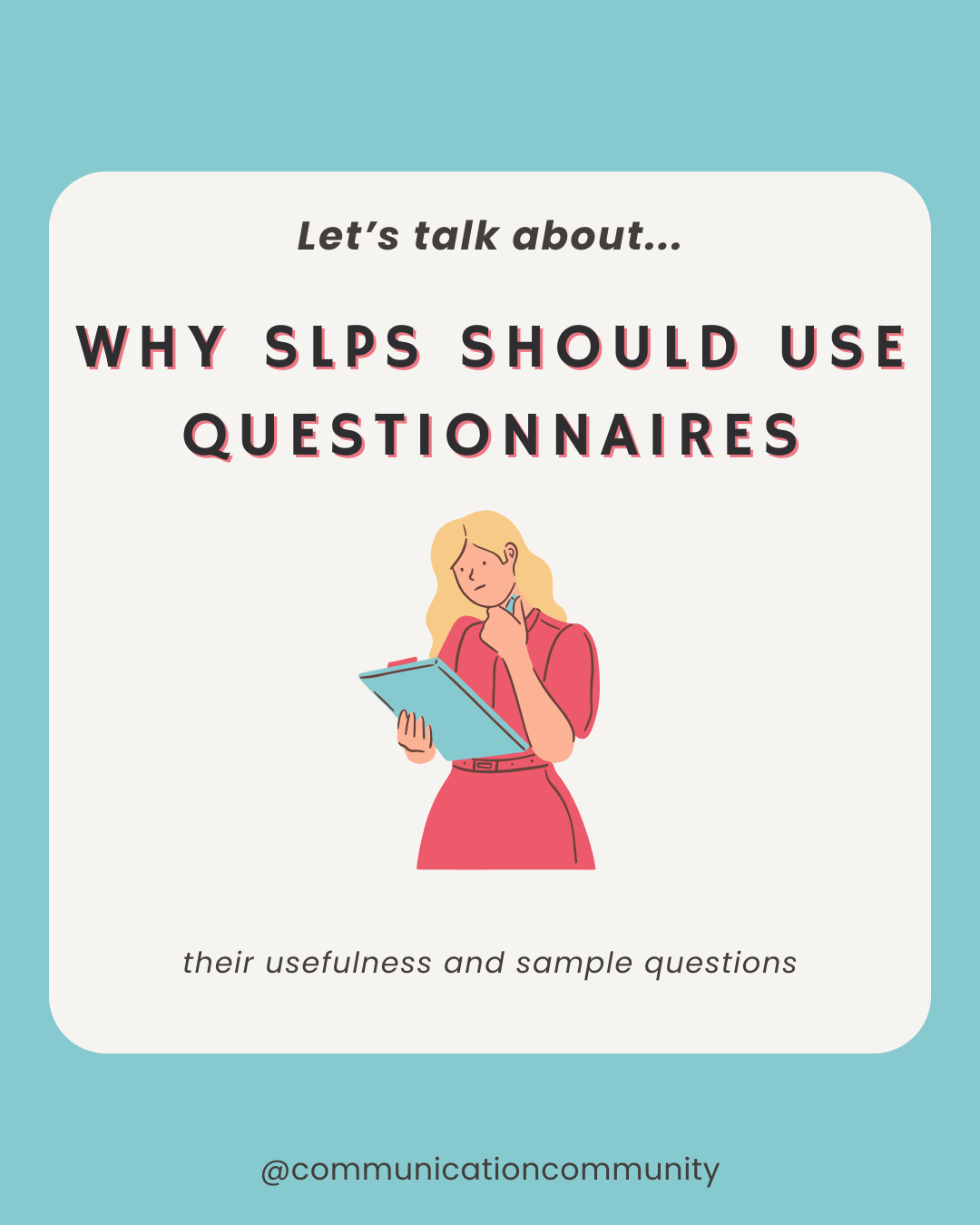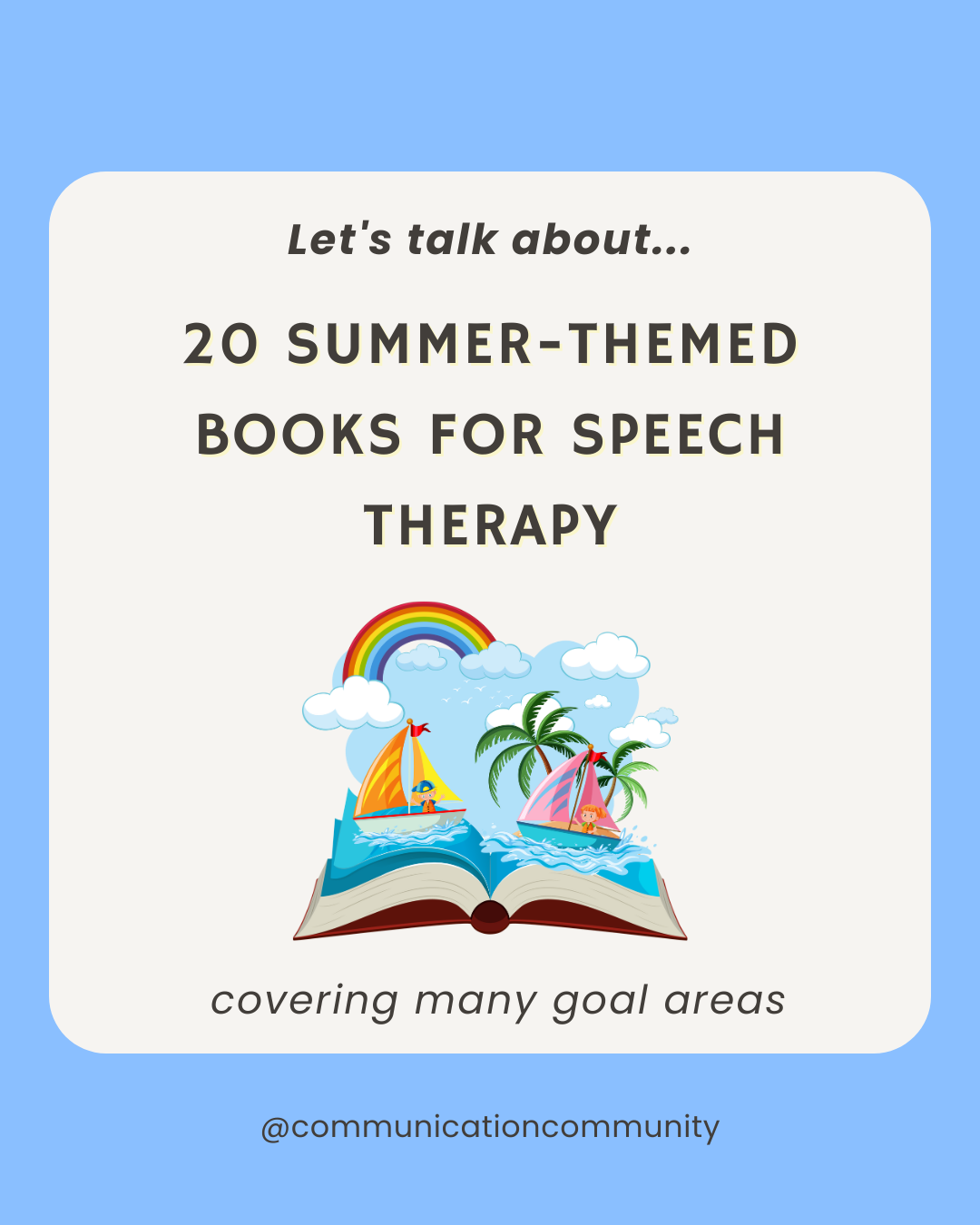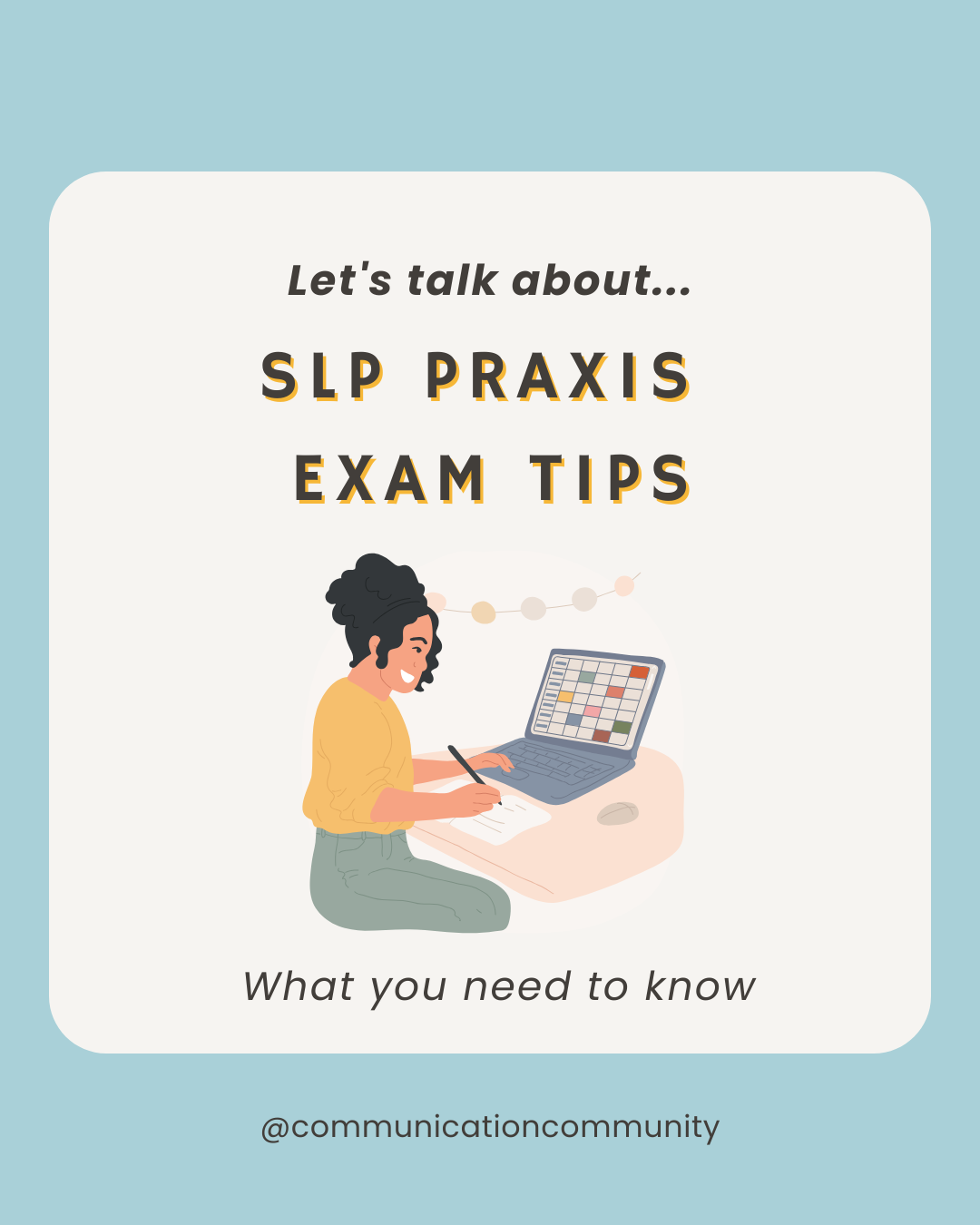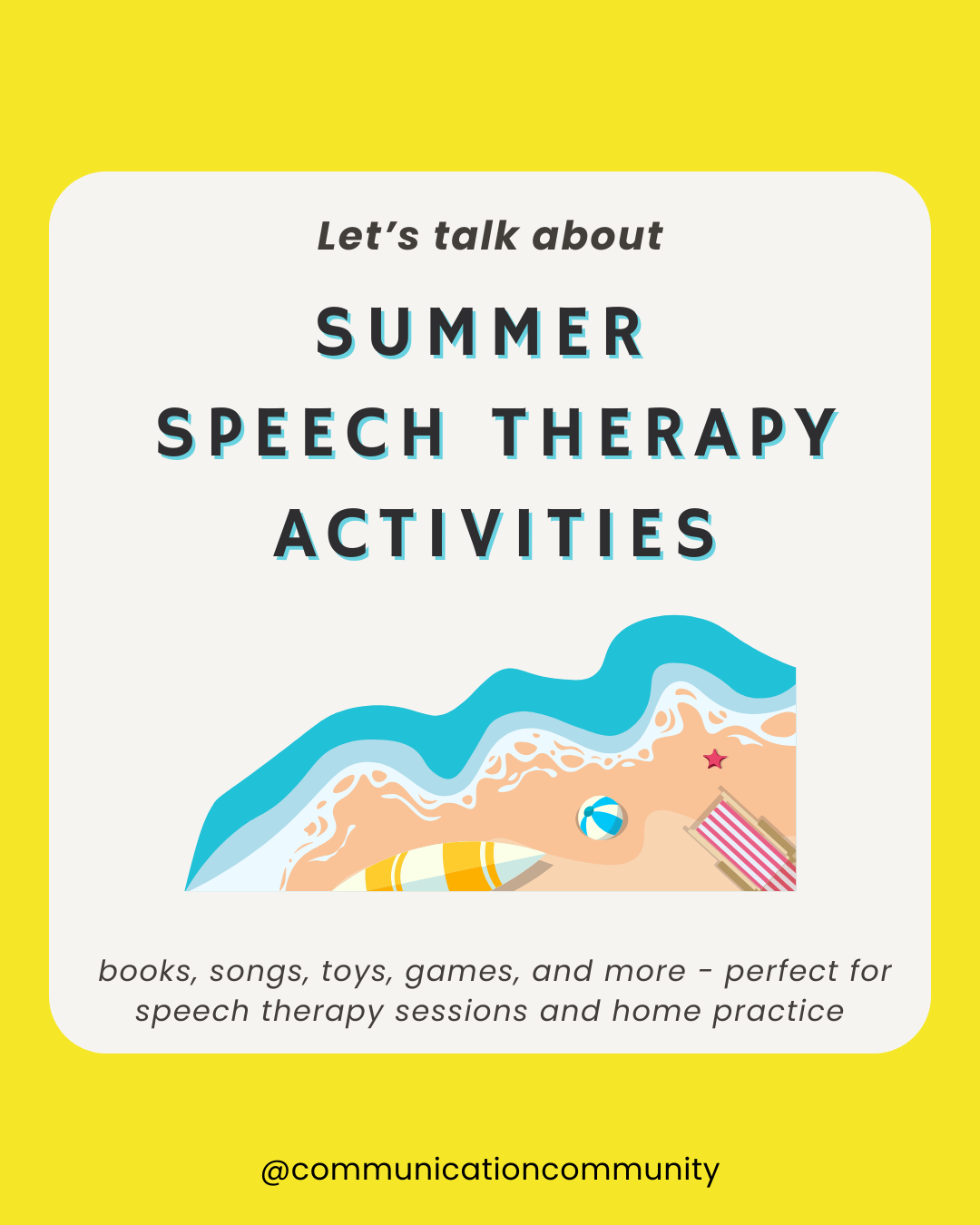A comprehensive speech and language assessment includes many parts, one of which is often a questionnaire (or more than one!). A questionnaire may look like a case history or intake form, which asks information about things such as developmental milestones and prior medical history. Speech and language assessments often vary depending on the setting the assessment is in (e.g., school, outpatient clinic), but typically, a variety of informal and formal measures are used.
The purpose of an assessment is to determine the presence of a speech or language delay or disorder, and if one is present, how it can be addressed. While an SLP can administer formal, standardized, norm-referenced assessments, analyze speech and language samples, and provide dynamic assessment, they cannot be with an individual at all times of the day in order to see how they communicate across all contexts and settings. They also cannot look into a crystal ball and know the complete case history of an individual or what their teachers observe in class.
In order to obtain information on an individual, SLPs can use questionnaires or surveys to learn about the individual they are assessing.
When Are Speech and Language Questionnaires Used?
Questionnaires are most often administered before, during, and after the delivery of assessments. Parent, caregiver, and teacher involvement (if applicable) is an important part of completing an assessment.
Questionnaires Used Before a Speech and Language Assessment:
Questionnaires can be helpful at many stages of an evaluation, though they are definitely necessary at the beginning of one, especially if the individual has never received speech and language services before. Before the SLP determines how they are going to assess an individual, they need some basic information on what the individual’s present level of performance is and what areas of concern there may be. They also need to know what languages the individual speaks and how they communicate. For example, if an individual is exposed to more than one language at home, a standardized assessment may not be the most appropriate assessment tool to use. If the information gathered indicates that an individual has complex communication needs and primarily communicates through augmentative and alternative communication (AAC), the SLP will be able to better plan for an assessment of the individual’s skills.
A questionnaire can also provide information on specific areas of concern. The scope of speech-language pathology is large, so if an individual is receiving an evaluation because of concerns about their production of speech sounds, it will look different than an evaluation because of concerns about their use of language. Questionnaires completed beforehand can give the SLP a better sense of what diagnostic tools to pull to obtain the most efficient and comprehensive assessment results.
If you're looking for an easy-to-use form for parents and caregivers to fill out, check out our fillable case history resource, available in English and Spanish. We also have ethnographic interview forms available in English and Spanish!

Questionnaires Used During an Assessment:
Questionnaires may also be useful in the middle of an assessment. For example, an individual may be referred for an evaluation due to concerns about their speech sound production, but while completing it, the SLP may notice a large number of disfluencies. The SLP may check in with someone who knows the individual better, like a parent or teacher, and ask them if they’ve noticed disfluencies as well. The SLP may decide to also assess stuttering and cluttering to determine whether or not a fluency disorder is present.
Questionnaires Used After an Assessment:
An SLP may complete an assessment and determine that an individual does present with a speech or language delay or disorder. At this point, they are likely going to develop a treatment plan for them and may ask for input on goals or areas of growth. Ultimately, it is the SLP who is going to write the goals and develop the treatment plan, but they should consult with others regarding what type of treatment an individual and their family desires. This may mean what the individual would like to work on, the type of AAC system an individual is going to use, or the frequency/duration of services. If the individual is in school, the SLP may consult with the teacher about curriculum expectations or accommodations that may be most appropriate for the individual.
Types of Questions in Speech and Language Assessments
Depending on the suspected area of concern, there are certain questions you may ask as an SLP. It is important to touch on all areas of speech and language, but you may hone in on specific questions based on the area(s) of concern. Below, find some questions you can ask, along with other topics to cover.
*Depending on the setting you are in, you may be able to find out some of this information on your own. For example, if you are in a school, you may be able to see what type of accommodations they have used, if they’ve received speech and language services in the past, or if they have passed prior hearing screenings.
General Speech and Language Questions to Ask Parents/Caregivers
These touch on some specific areas of speech and language, including speech sounds, pragmatic language, receptive and expressive language, fluency, and voice:
- Have they had speech and language services before?
- What languages are they exposed to at home/in the community?
- How do they primarily communicate with you? (e.g., sounds, gestures, verbal language)
- When did they first start talking?
- Approximately how many words are in their typical utterances?
- How much of their speech can you understand?
- What does their playtime look like?
- Can they follow specific directions?
- How often do you notice them getting stuck on certain words or repeating words/phrases?
- Is their voice typically softer, louder, or the same volume as others?
- What concerns do you have?
General Speech and Language Questions for Teachers
- How is their ability to access the general curriculum impacted?
- What accommodations have you provided them in the classroom?
- What accommodations might be helpful for them?
- Are there concerns about their participation in the classroom and interactions with peers?
- Are they able to follow directions?
- Are they able to complete assignments successfully?
- Do they ask for help if they need it?
Questions Related to Speech Sounds (Articulation/Phonology): Common subtopics
- How well they're understood by familiar and unfamiliar communication partners
- Their awareness of speech sound errors
- The speech sounds that are present (i.e., that they're able to say)
- The speech sounds that are absent (i.e., that they're not able to say)
- Any frustrations around communication due to speech sound errors or inability to be understood
Questions Related to Receptive Language (understanding language): Common subtopics
- Ability to follow directions
- Ability to understand vocabulary
- Ability to answer wh- questions (who, what, where, when, why)
- Ability to comprehend what others are saying
- Ability to comprehend what’s occurring in books, TV shows, and movies
Questions Related to Expressive Language (using language): Common subtopics
- Primary mode of communication (e.g., spoken words, gestures, vocalizations)
- Words/language use
- Average length of utterances (e.g., 1-2 words, phrases, complete sentences)
- Morphemes present/absent (e.g., plural -s, past tense -ed)
- Ability to communicate feelings, wants, and concerns
Questions Related to Pragmatic Language: Common subtopics
- Understanding of facial expressions/nonverbal communication
- Understanding of abstract/figurative language (for older students)
- Presence of self-advocacy and problem-solving skills
- Interacting and playing with others
- Developing and maintaining peer friendships
- Participation in classroom activities/discussions
- What it looks like when working in groups/with others
Questions Related to Stuttering and Cluttering: Common subtopics
- Presence of disfluencies/not smooth speech
- Types of disfluencies used (blocks, repetitions, prolongations)
- Secondary behaviors related to disfluencies (e.g., eye blinking, word/situation avoidance)
- General rate of speech
- Awareness of disfluencies
- Impact of communication with others
- Emotions related to speaking
- If there is a family history of stuttering and/or cluttering
Questions Related to Voice: Common subtopics
- Vocal quality (e.g., hoarse, breathy, wet)
- Typical volume of speech
- Typical pitch of speech (e.g., especially high or low-pitched)
- Impact on communication
In Summary
While it would be impossible to name every question or subtopic that should be asked that spans across all ages and areas of concern, we hope this provides a good “jumping off” point for you as you develop questionnaires and checklists for others. As a parent/caregiver, this may provide some good insight as to what an SLP may be looking for when they are completing an assessment.




![How to Write Apraxia Goals [with goal bank]](https://www.communicationcommunity.com/content/images/2025/07/Apraxia-Goals--2-.png)


